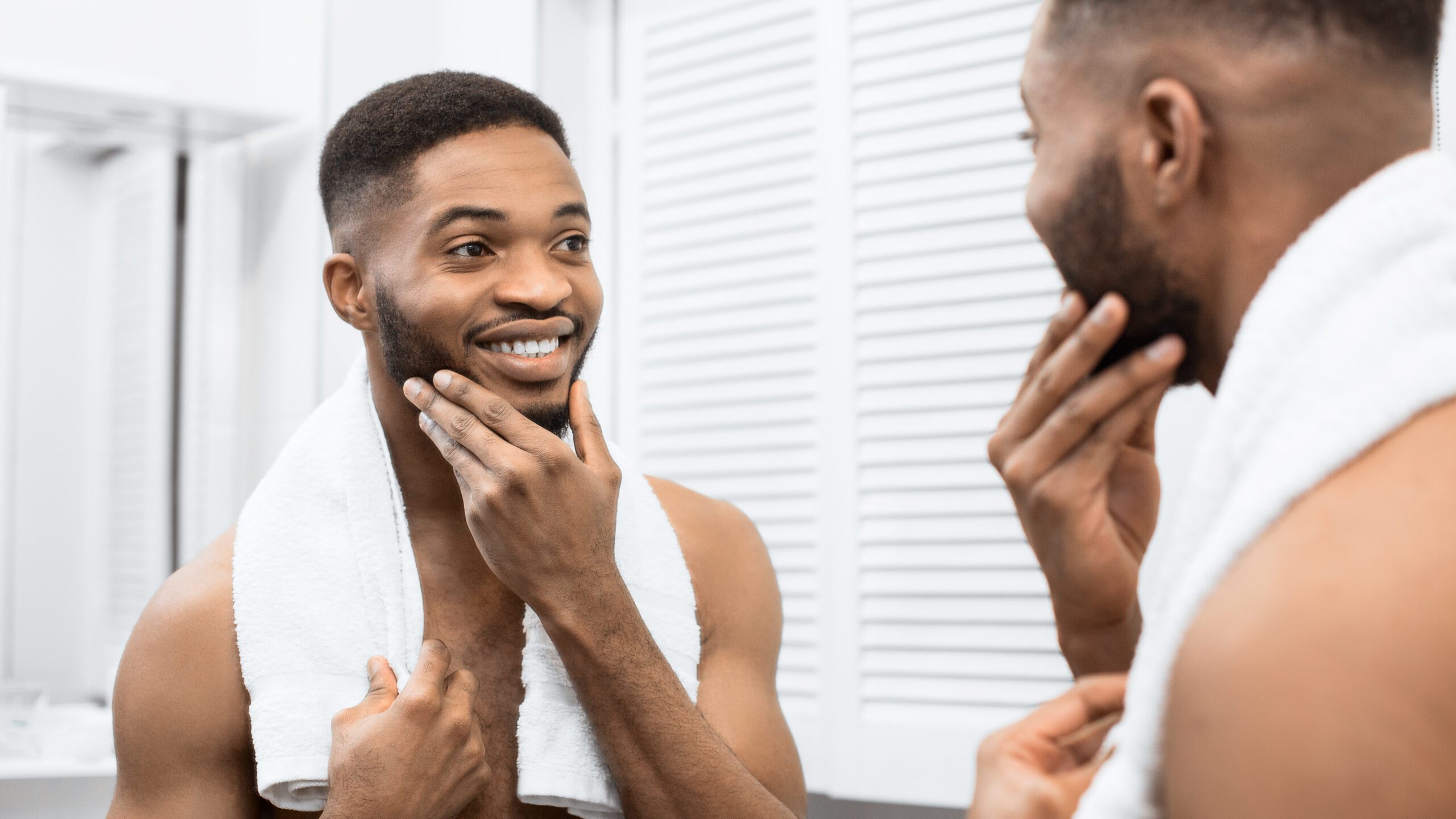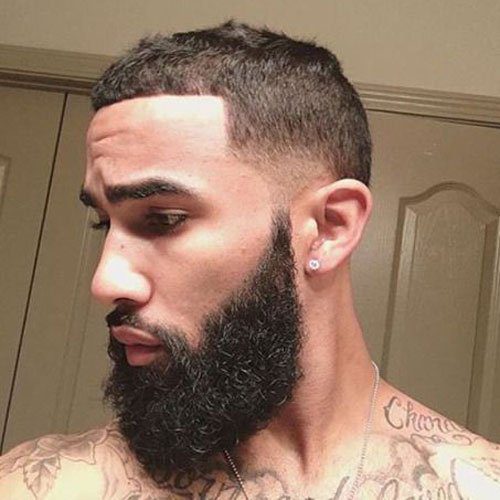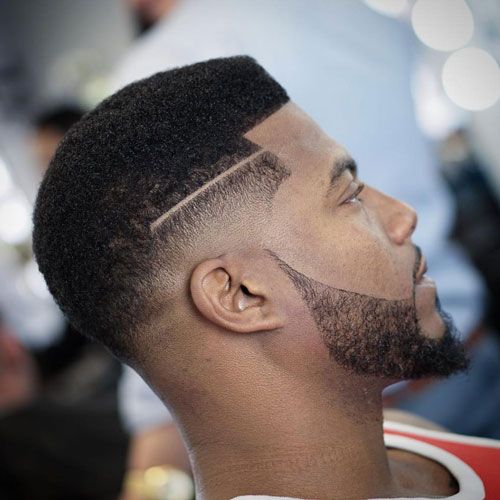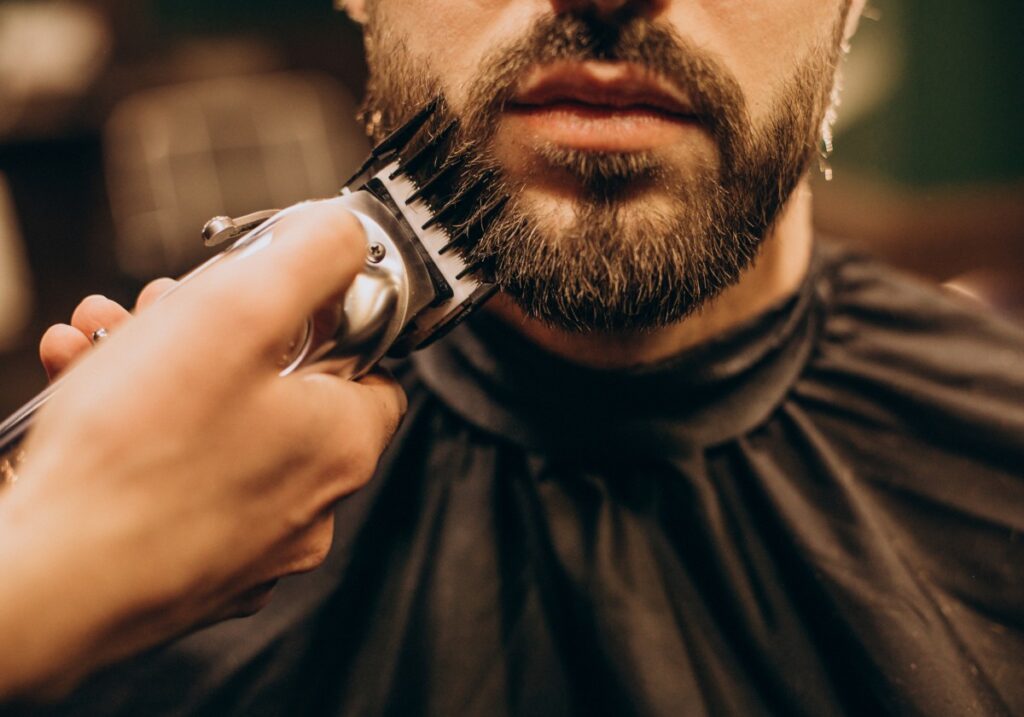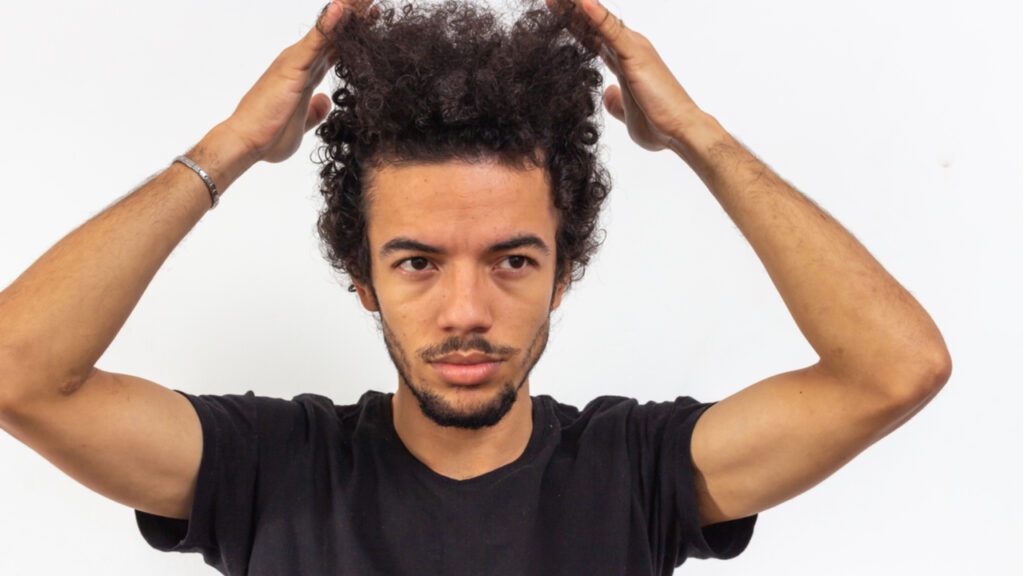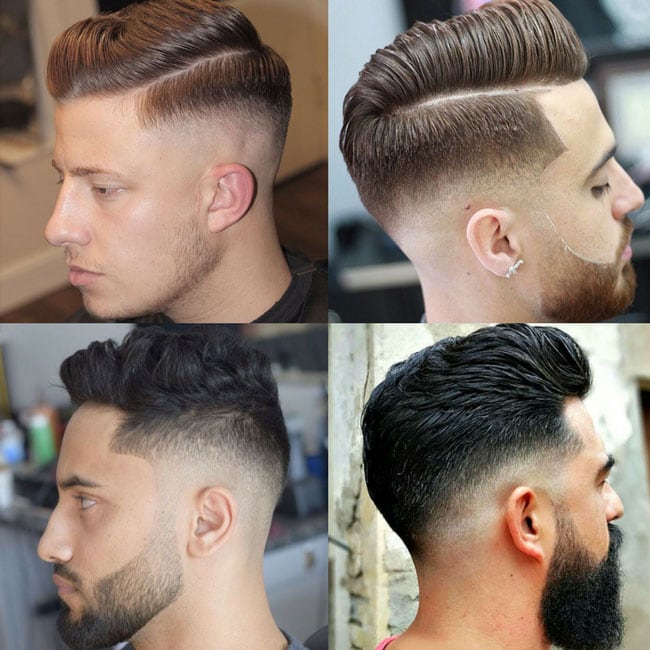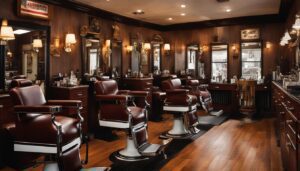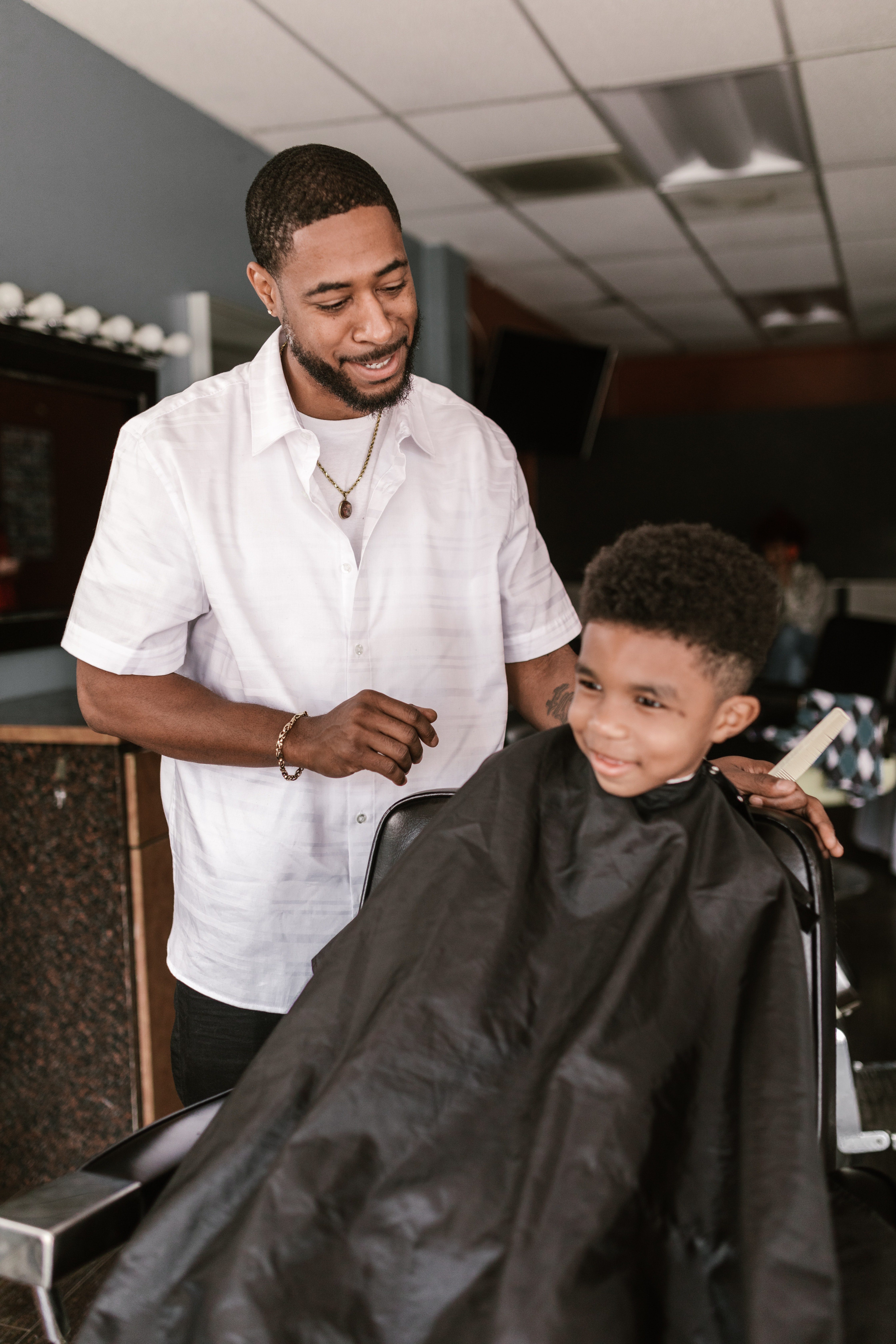Please note that some of the links on this blog are affiliate links. This means that if you click on one of these links and make a purchase, we may receive a small commission at no additional cost to you. This helps support the blog and allows us to continue providing valuable content.
We only recommend products or services that we believe will add value to our readers. Our opinions are our own and are not influenced by affiliate partnerships.
We appreciate your support!
Introduction
In recent years, facial hair has made a roaring comeback as a symbol of masculinity and individuality. The beard, once considered old-fashioned or unruly, is now a statement piece for men of all ages. But with great beard comes great responsibility. Proper beard care is not just about letting your facial hair grow wild and free; it’s about nurturing it, maintaining its health, and making it an integral part of your overall grooming routine. In this comprehensive guide, we will walk you through the steps of beard care, from growing it out to keeping it well-maintained and stylish.
Chapter 1: The Beard Basics
Before diving into the nitty-gritty of beard care, it’s essential to understand the basics. Here are some fundamental aspects to consider:
Determine Your Beard Style: First, decide on the style of beard you want to grow. Whether it’s a short stubble, a classic full beard, or something more unique, having a clear vision will help guide your grooming efforts.
Patience is Key: Growing a beard takes time and patience. You may experience some awkward phases along the way, but stay committed to the process.
Beard Health Starts with Skin Health: A healthy beard begins with healthy skin. Proper skincare, including regular cleansing and moisturizing, is vital to prevent beardruff (beard dandruff) and itchiness.
Trimming and Shaping: Regularly trim your beard to maintain its shape and remove split ends. Invest in a quality beard trimmer and scissors.
Diet and Lifestyle: Your diet and lifestyle play a significant role in the health and growth of your beard. A balanced diet rich in vitamins and minerals, along with proper hydration and exercise, can promote beard growth.
Chapter 2: Beard Growth
Growing a beard is a journey that every man embarks on differently. Here’s how you can encourage and maintain healthy beard growth:
Diet and Nutrition: Consume a diet rich in protein, vitamins (especially Biotin and Vitamin E), and minerals like zinc and iron. These nutrients are essential for hair growth.
Stay Hydrated: Drink plenty of water to keep your hair and skin hydrated.
Supplements: Consider beard growth supplements like biotin or multivitamins if your diet lacks these essential nutrients.
Avoid Stress: Stress can lead to hair loss, so practice stress management techniques such as yoga, meditation, or deep breathing exercises.
Avoid Overwashing: While it’s crucial to keep your beard clean, avoid overwashing it, as this can strip away natural oils, leading to dryness and frizz.
Use Beard Oil: Beard oil is your best friend when it comes to stimulating hair growth and maintaining moisture. Apply it daily to keep your beard soft and healthy.

Chapter 3: Beard Grooming Routine
Now that your beard is growing nicely, it’s time to establish a proper grooming routine:
Washing: Use a mild, beard-specific shampoo or a sulfate-free soap to wash your beard 2-3 times a week. Rinse thoroughly to remove all traces of soap or shampoo.
Conditioning: After washing, apply a quality beard conditioner to soften your facial hair. Leave it on for a few minutes, then rinse.
Combing and Brushing: Invest in a good beard comb and brush. Comb your beard in the direction of growth to remove tangles and distribute natural oils evenly.
Trimming: Regularly trim your beard to maintain its shape and avoid split ends. Use scissors for precision trimming and a beard trimmer for larger adjustments.
Beard Oil: Apply beard oil daily to moisturize the skin beneath your beard and keep your facial hair soft and manageable.
Beard Balm: For a bit of extra hold and control, use a beard balm. It’s particularly useful if you’re going for a styled look.
Styling: Style your beard according to your chosen look. This may include using wax or pomade for a more sculpted appearance.
Chapter 4: Beard Maintenance
Once you have a solid grooming routine in place, it’s important to maintain your beard’s health and appearance over the long term:
Regular Trimming: Don’t neglect regular trims. Even if you’re growing a long beard, periodic maintenance is crucial to keep it looking its best.
Avoid Overuse of Heat: Limit the use of heated styling tools, as excessive heat can damage your beard.
Avoid Over-Application of Products: Using too much product can make your beard greasy and weigh it down. Use sparingly, especially with beard oil and balm.
Hydration: Stay well-hydrated, both internally (drinking water) and externally (using beard oil and conditioner).
Avoid Pulling or Twisting: Be gentle when combing or brushing your beard. Excessive pulling or twisting can lead to hair breakage.
Protect from the Elements: In extreme weather conditions, consider protecting your beard from harsh sun, wind, or cold with a scarf or beard balaclava.
Chapter 5: Troubleshooting Beard Issues
Even with the best care, you may encounter common beard issues. Here’s how to address them:
Beardruff: If you have beardruff (flaky skin under your beard), use a gentle exfoliating scrub and moisturize with beard oil or balm.
Itchiness: Itchy beards are often a result of dry skin. Keep your beard and skin well-moisturized, and consider using a gentle, beard-specific shampoo.
Ingrown Hairs: To prevent ingrown hairs, exfoliate regularly and avoid tight clothing that can trap hair follicles.
Patchiness: Some men may have patchy beards. Embrace your beard’s unique pattern and style accordingly. If it bothers you, consult a dermatologist for potential treatments.
Thinning Beard: If your beard starts to thin with age, consider beard thickening products or even beard transplants if you’re willing to invest.
Chapter 6: Beard Styles and Inspiration
Your beard is a canvas, and the possibilities for styling are endless. Here are some popular beard styles to inspire your next look:
1. Stubble: A classic, short, and low-maintenance style.

2. Goatee: A chin-focused beard style that can range from minimalist to more substantial.

3. Circle Beard: Combines a mustache with a rounded beard that follows the jawline.

4. Van Dyke: A goatee paired with a disconnected mustache.

5. Short Beard: A neat, well-groomed beard that doesn't extend too far.
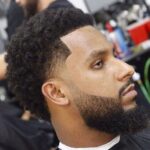
6. Full Beard: The traditional, full-grown beard that covers the entire face.

7. Garibaldi Beard: A full beard with a natural, rounded shape.

8. Verdi Beard: A long, rounded beard with a styled mustache.

9. Corporate Beard: A well-groomed, medium-length beard suitable for professional settings.
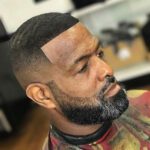
10. Lumberjack Beard: A long, wild beard for a rugged look.

Please note that some of the links on this blog are affiliate links. This means that if you click on one of these links and make a purchase, we may receive a small commission at no additional cost to you. This helps support the blog and allows us to continue providing valuable content.
We only recommend products or services that we believe will add value to our readers. Our opinions are our own and are not influenced by affiliate partnerships.
We appreciate your support!

